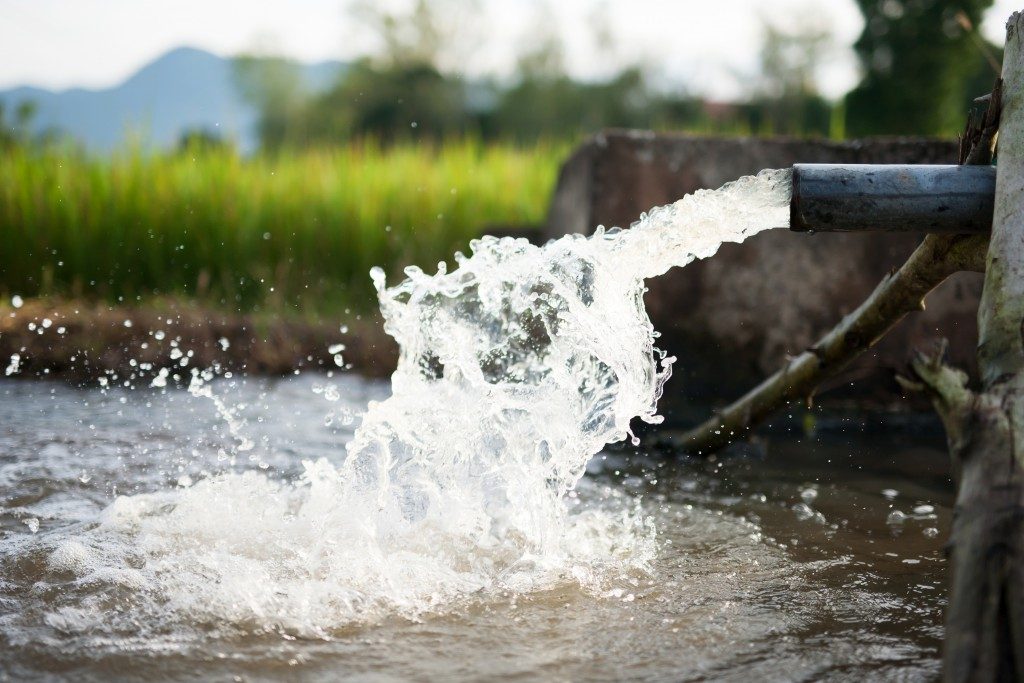With the increasing world population, a strain is placed on most natural resources. As the population grows, there is an increasing need for a larger amount of food and, therefore, increased farming output. This calls for better water management to balance its use whilst producing enough to meet the demand.
With agriculture taking up 50 to 70 percent of the water consumed annually in Australia, the role of farmers in managing this vital resource is significant. A prominent supplier of large water tanks shares some effective ways farmers can control their water usage.
1. Storing Water
Relying on municipal water to farm is not only expensive; it likewise eats a lot of the existing water resources. You can reduce the amount of money spent on water bills by collecting and storing rainwater. There are different ways to do this. Harvesting rainwater and storing it in large water tanks allow you to use it over a long time from a centralised water supply system. Another way is by building ponds to capture runway water throughout the year.
To get it right, you must first evaluate your farm’s consumption needs and get an estimate. From this data, you can buy an appropriate tank or build a pond that has the appropriate dimensions. In addition to giving you enough supply even after the rain stops, rainwater harvesting minimises or prevents soil erosion by eliminating runoff water.
2. Extracting Information From Weather Apps
With the great demands that come with farming, it is easy to set up an automated irrigation schedule. When this happens, the system will always run regardless of the changing weather conditions. To eliminate water wastage, it is essential to harmonise the irrigation systems with the natural occurrences. This will help you save a significant amount of water.
Using weather apps and checking the weather forecast helps avoid under or overwatering, as it allows you to adopt a schedule that is appropriate for prevailing conditions. This saves water and slows down the wear and tear rate of the irrigation system.
3. Soil Management
 The soil absorbs, holds and distributes water to the crops. To enhance the features that allow this, you can manipulate the soil to boost water retention. This is most significant when the quality is compromised. Cover crops help in protecting the soil, reduce weeds, boost organic matter and increase fertility. They also minimise compaction and erosion. All these improve the soil’s water holding capacity and, therefore, increase productivity by up to 14 percent.
The soil absorbs, holds and distributes water to the crops. To enhance the features that allow this, you can manipulate the soil to boost water retention. This is most significant when the quality is compromised. Cover crops help in protecting the soil, reduce weeds, boost organic matter and increase fertility. They also minimise compaction and erosion. All these improve the soil’s water holding capacity and, therefore, increase productivity by up to 14 percent.
Another effective strategy is by using conservation tillage. It involves partially tilling the land and leaving some vegetative residue. What is left on the surface helps reduce evaporation and erosion whilst boosting the water absorption rate. Other ways to do this include composting and mulching to increase the ability of the soil to retain water and use less of it while irrigating.
4. Organic Farming
Going organic goes a long way in saving water and its sources. Eliminating chemicals preserves the quality of water by minimising pollution caused by runoff. This way, the farmer does not need to treat the water before use, which minimises the cost of water recycling. Other than keeping toxic chemicals away from water, organic farming helps retain moisture and keep the soil healthy by maintaining microbial activity.
Water is a significant resource in farming. Using it in a conscious way allows you to contribute to its conservation while saving money in the process. Follow these tips on managing water in your farm and see a significant drop in your bills.




